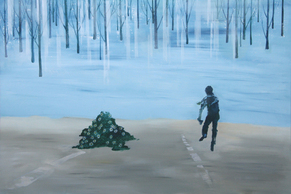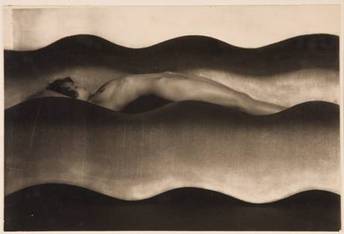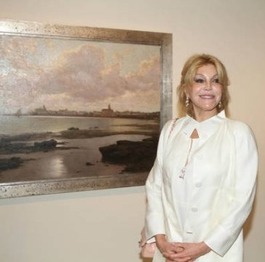I used to think that Arnold Lehman, director of the Brooklyn Museum,* had the toughest job in the museum world.
After spending time again with him recently, I’ve changed my mind. Yes, Brooklyn must compete for both visitors and money with better placed and (usually) more esteemed museums in Manhattan, but as he points out at least Brooklyn is growing in population. And it’s an exciting borough — very diverse, true, and the home of populations that are not heavy with museum-goers — but growing nonetheless.
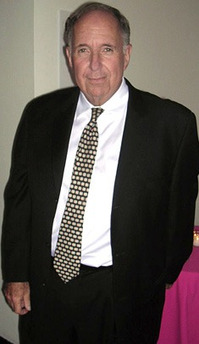 Directors like Graham Beal, ensconced in Detroit, where the population has shrunk dramatically, and where suburbanites have virtually no reason to visit downtown, have it much harder.
Directors like Graham Beal, ensconced in Detroit, where the population has shrunk dramatically, and where suburbanites have virtually no reason to visit downtown, have it much harder.
Arnold’s enthusiasm for his job was clearly on display during my recent visit, which — as I lay out in a Cultural Conversation with him published in tomorrow’s Wall Street Journal — took place soon after he had back surgery. (Before I go on, let me not get too positive — I know he has faults and had made some, in my mind, wrong decisions.)
That’s why I’m glad that in my three-hour face-to-face interview, plus a couple of subsequent phone conversations, we talked a lot about permanent collections — not a new subject on this blog. I’ve been saying for some time that museums must start using them better to attract repeat visitors.
Arnold is in the midst of developing, with his curators, a reinstallation plan that, he says, will “upset” his colleagues, just as many were upset by Brooklyn’s 2001 installation of its American collection. It will be heavy on technology. It won’t separate fine from decorative arts. And it will somehow link — even rethink — cultures and artistic developments.
I am one of those who was, and remain, upset by the trial run with the American collection. But I’m thrilled by this sentence, which appears in my article:
“We will make the permanent collection the primary attraction of the Brooklyn Museum,” Mr. Lehman promises. “I don’t want to see our visitation going up and down because of exhibitions.”
Truthfully, I doubt he can pull it off. But I really wish him well — and I encourage other museums to think that way too.
There’s much more in the Conversation (here) on this and other topics, including his unabandoned plans for “populist” shows of street art, tatoos, etc.
Disclosure: I consult to a foundation that supports the Brooklyn Museum

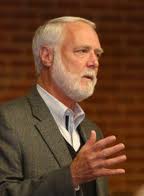 Here are a few:
Here are a few: 